It is well known that in recent years, most mainstream smartphone manufacturers have taken system updates much more seriously than in the past. This is partly due to market competition; as soon as one or two companies take the lead in promoting “long system maintenance cycles” as a selling point, other competitors naturally cannot afford to fall behind.
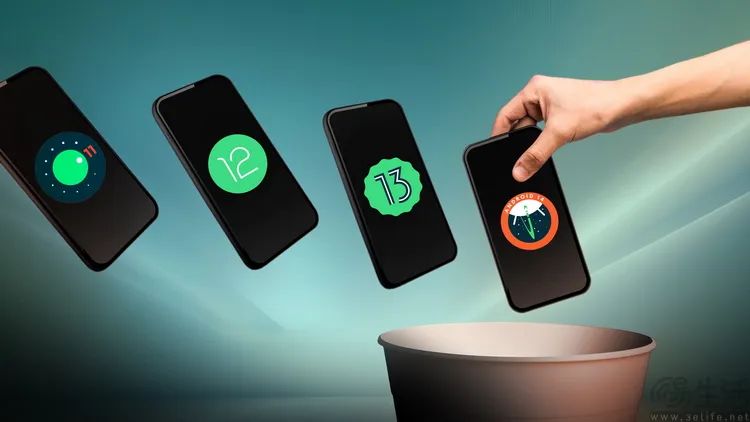
On the other hand, advancements in chip and operating system-related technologies have laid a solid foundation for longer system updates for smartphones. Chip manufacturers are now more proactive in releasing new driver updates, and the decoupling of the operating system kernel from driver versions has significantly reduced the difficulty of adapting to new system versions.
However, this does not seem to apply completely in the smartwatch domain.
For example, it is often found that some high-spec, feature-rich smartwatches stop receiving system updates about a year after their release. Or, when other models have long been updated to the next generation of system versions, they can only receive updates from one or two generations prior, leaving users unsure whether to feel relieved or frustrated.
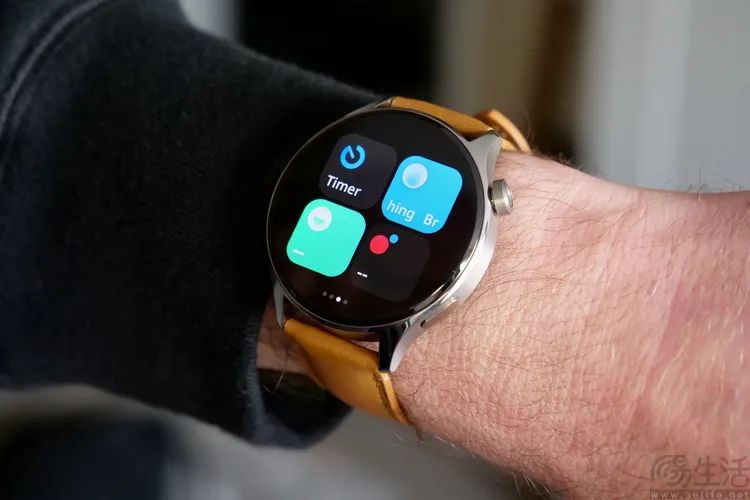
Another example is when consumers purchase the most expensive and high-end smartwatch from a certain brand, believing they are entitled to the best long-term system maintenance service, only to find that new system versions are launched with cheaper new products, while users of the “old flagship” are left waiting for an update that never arrives.
Why does this happen? Earlier this year, we at San Yi Life had the opportunity to closely engage with a certain smartwatch main control manufacturer at the MWC (Mobile World Congress) in Barcelona. This experience made us realize that the current pace of system updates for smartwatches is chaotic, and the quality of related service experiences often has no correlation with hardware performance, price, or positioning.
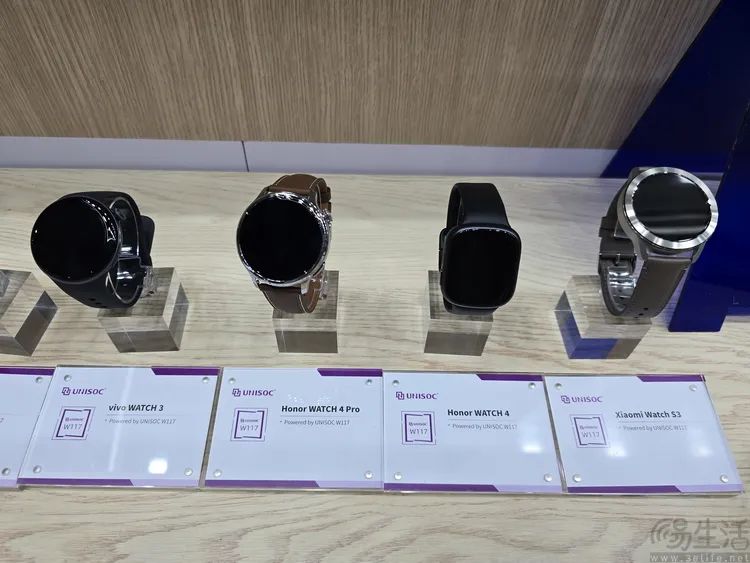
At that time, at the compact booth of this chip manufacturer, we saw many different brands and models of smartwatches. Interestingly, many of them were the latest models already released in the domestic market, but according to our knowledge, several brands among them did not use this company’s smartwatch SoC solution in their corresponding “previous generation” products.
What does this mean? On one hand, it somewhat demonstrates the homogeneity of the current generation of smartwatches in terms of chip solutions, but more importantly, it indicates that even some leading brands in the industry may lack long-term continuity in their choice of SoC solutions for smartwatches.
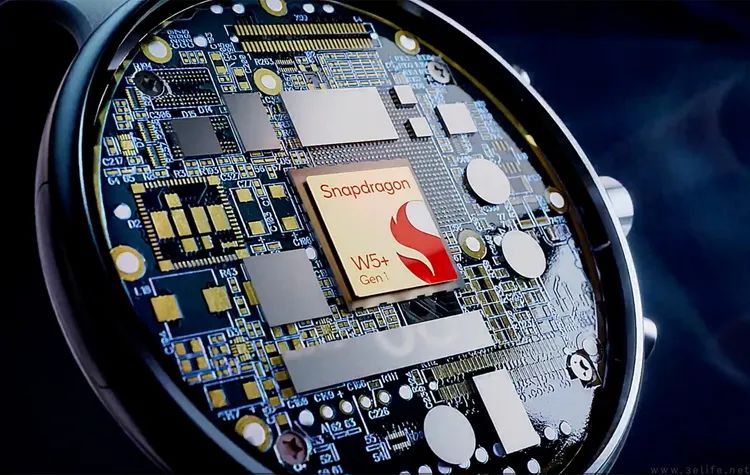
This is not surprising, as it is well known that smartwatches, like smartphones, are often updated on a yearly basis. However, the SoC solutions for smartwatches currently cannot achieve sustainable “annual updates”.
Thus, a natural question arises for all smartwatch manufacturers: either pursue technical continuity by continuously using the same manufacturer’s main control, but accept the reality that several generations of products share the same chip with no improvement in computing power, or frequently change chip suppliers to ensure that each generation has improved computing power and performance, resulting in a fragmented hardware experience across different models and generations.
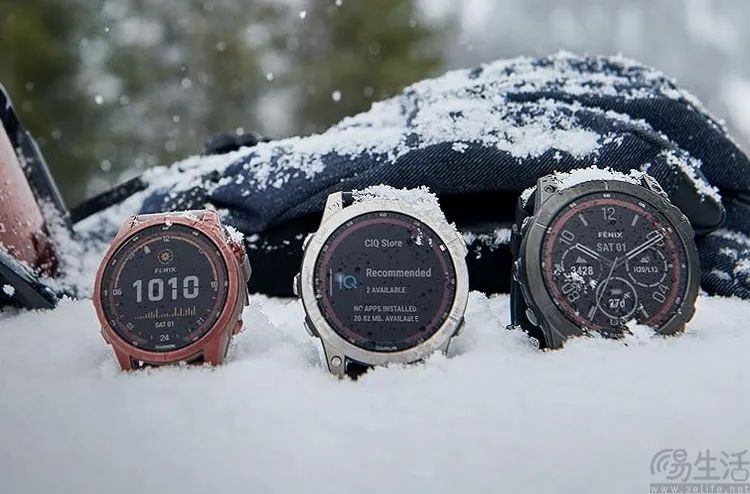
As a result, manufacturers of smartwatches that choose “not to update the main control every year” are often those that focus on “professionalism”. Their products often emphasize professional fitness or health monitoring functions, where “intelligence” is not the main focus. Therefore, manufacturers only need to upgrade to more accurate sensors, add more advanced positioning chips, or even just switch to more power-efficient screens, and consumers are willing to pay for it.
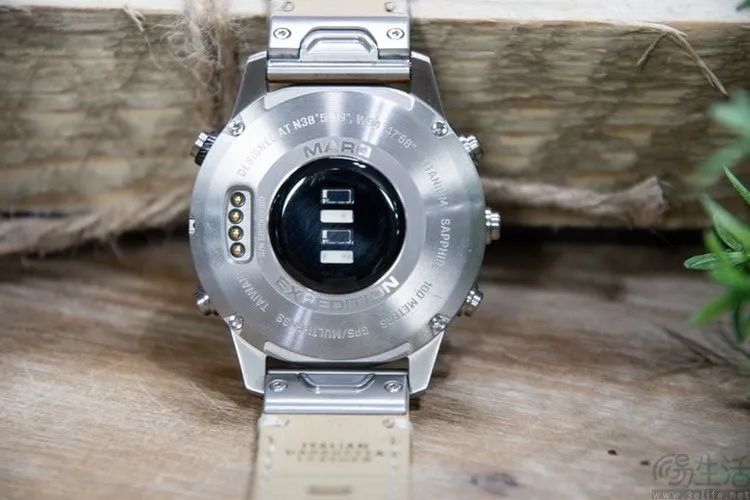
Moreover, because these professional-oriented smartwatches do not frequently update their SoCs, their system maintenance and updates become much simpler. Often an entire series, or even multiple series and models, can receive system updates simultaneously and for an extended period. Additionally, since the prices of these products are often very high, this also ensures that the “potential cost” of their system updates is completely acceptable.
In contrast, the situation is completely opposite for the majority of consumers who purchase “mainstream smartwatches”. Since they usually market computing power, performance, and chips as selling points, they are forced to frequently change main control suppliers. Although the functions across different generations and models may seem similar, in reality, many times the system interfaces are completely different, and the underlying code varies greatly. Coupled with the fact that the watches themselves are priced slightly lower, it is only natural that manufacturers have less motivation to maintain long-term system updates.
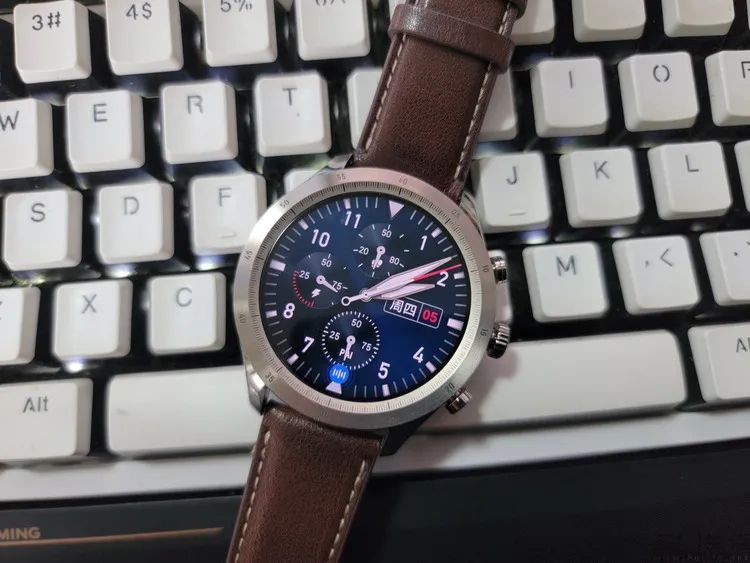
Clearly, from the consumer’s perspective, this is not a happy situation, but the manufacturers seem to have their reasons. They can easily argue that it is precisely due to their emphasis on “cost-effectiveness” that their smartwatches do not have long-term system updates. This current situation, where mainstream smartwatch products prioritize “cost-effectiveness” over health/sports monitoring functions, seems to stem from the choices of most consumers.
【Images in this article are sourced from the internet】
What Others Are Reading:
X100 Ultra New Monarch Ascends: Vivo’s Sincere Operation
Notch Displays Make a Comeback: iPhone SE 4 Expected Next Year
Honor 200 Series Officially Announced: Launching on the 27th with Two Models Available
Filter Orders Faster: AnTuTu’s Device Selection Mini Program Officially Launched